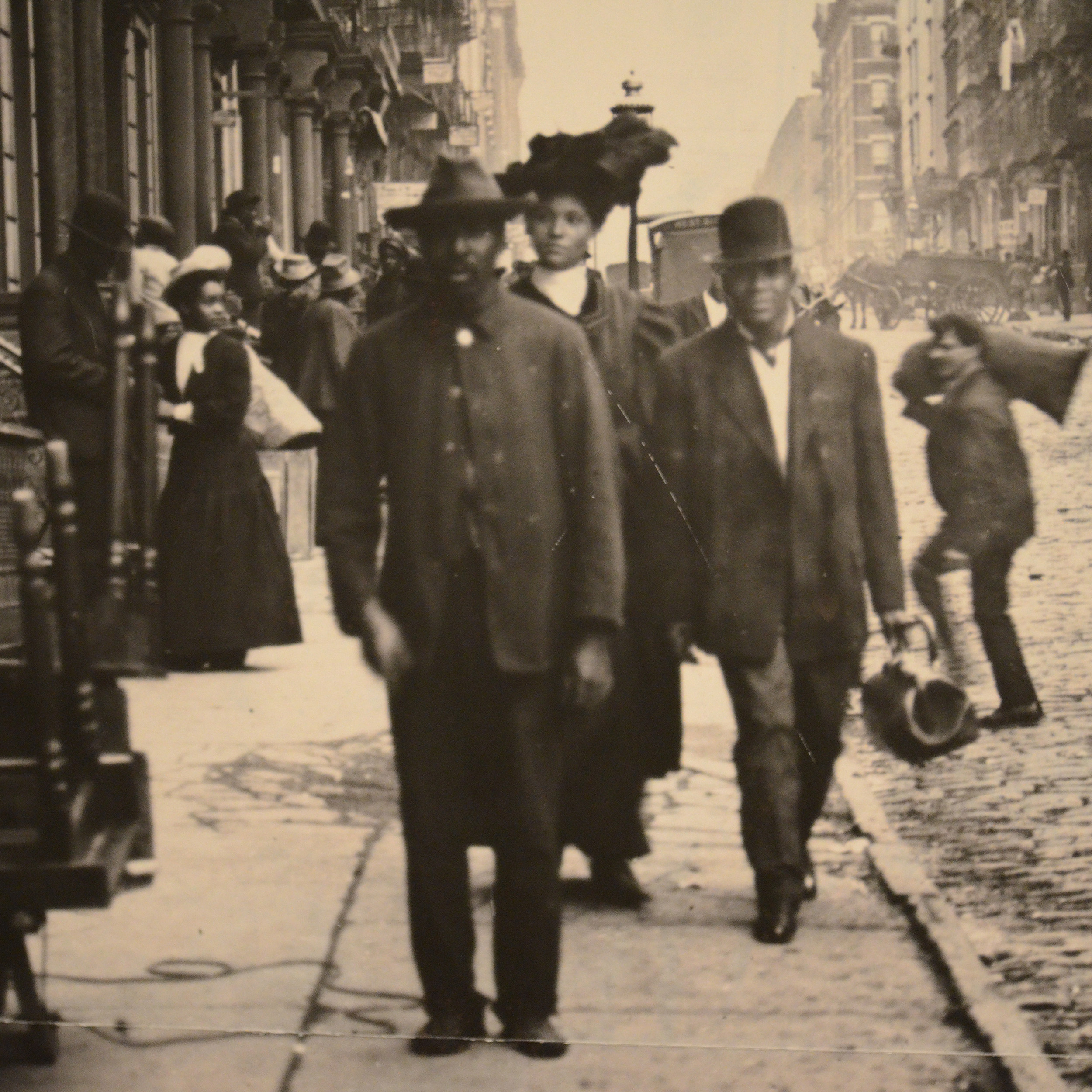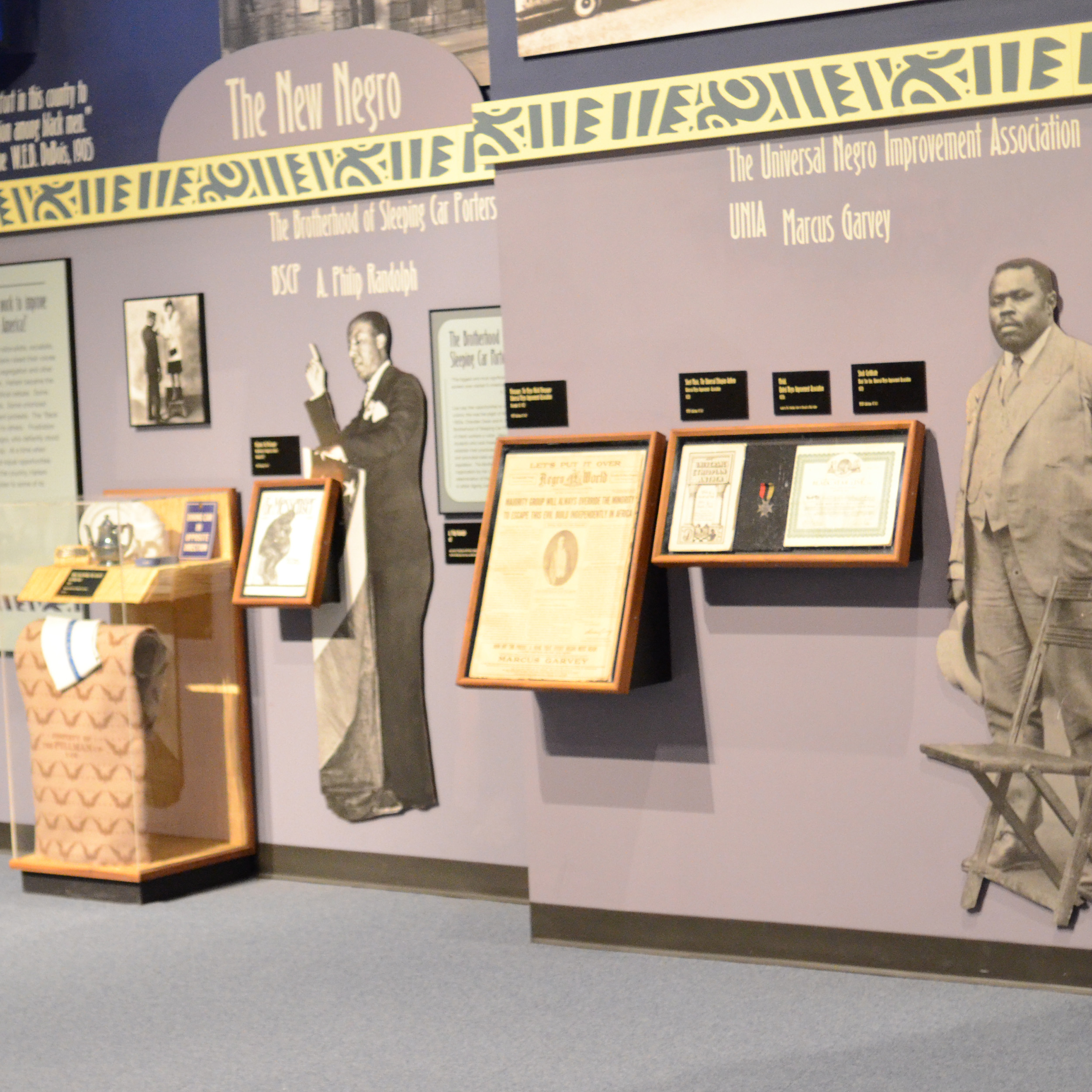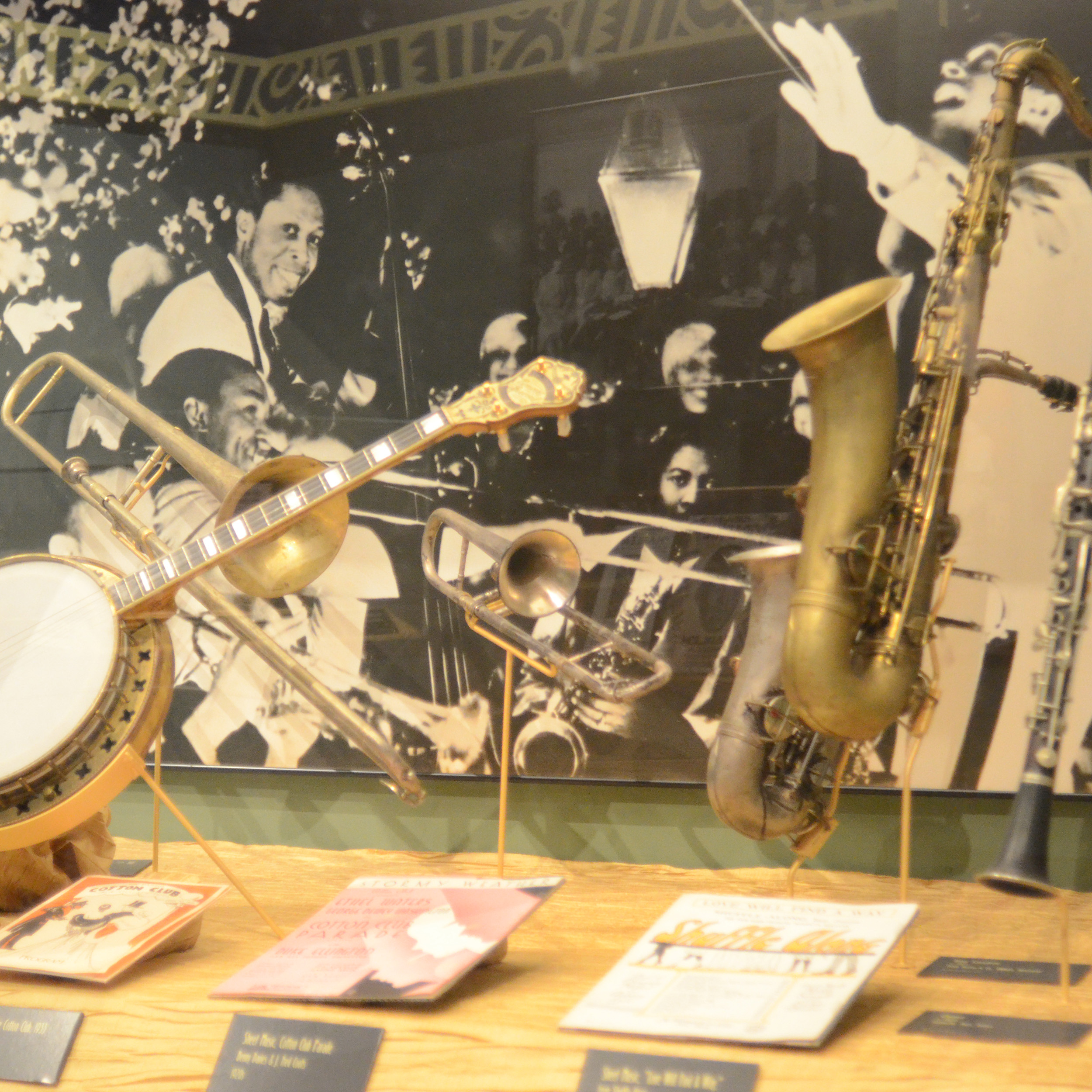Black Capital: Harlem in the 1920s
Ongoing Exhibition
This exhibition celebrates the rich and diverse culture of Harlem, New York. In the 1920s and 1930s, Harlem became a symbol of the African American struggle for civil and economic equality while emerging as a flourishing center of black culture, art and music. The vitality of the cultural, social and political activity of this notable place and time in American history forever altered the encounters of black and white New Yorkers and had far-reaching effects on American society as a whole.

Artifacts, Photographs and More
Historic photographs, archival material, audio and visual components, artifacts and other items portray the twentieth century experiences of black Americans as symbolized by the rich and diverse culture of Harlem in the 1920s.

Enduring Institutions
In Harlem a number of established institutions and arising organizations, including "The Black Church", “The Universal Negro Improvement Association,” and “The National Association for the Advancement of Colored People” (NAACP), worked diligently to foster better living conditions and opportunities for Harlemites.

Music and Culture
Via literature, poetry, music and musicals, African American culture spread into the mainstream. Despite much poverty in the lives of many Harlemites, dozens found steady work in various professions in the arts. Harlem also became a highly popular nightclub and entertainment mecca for residents in and outside the burgeoning city.
Fun Facts: Did you know?!
- Located north of Central Park, Harlem was originally settled by the Dutch in 1658 and remained farmland for over 200 years.
- The African American population in Harlem grew over 40% between 1910 and 1930—from 50,000 to over 200,000.
- The Cotton Club, the most famous nightspot in Harlem from 1923 to 1935, was originally a “Whites-only” venue. However, it provided a venue for upcoming African American jazz musicians and artists to share their talents with new audiences.


